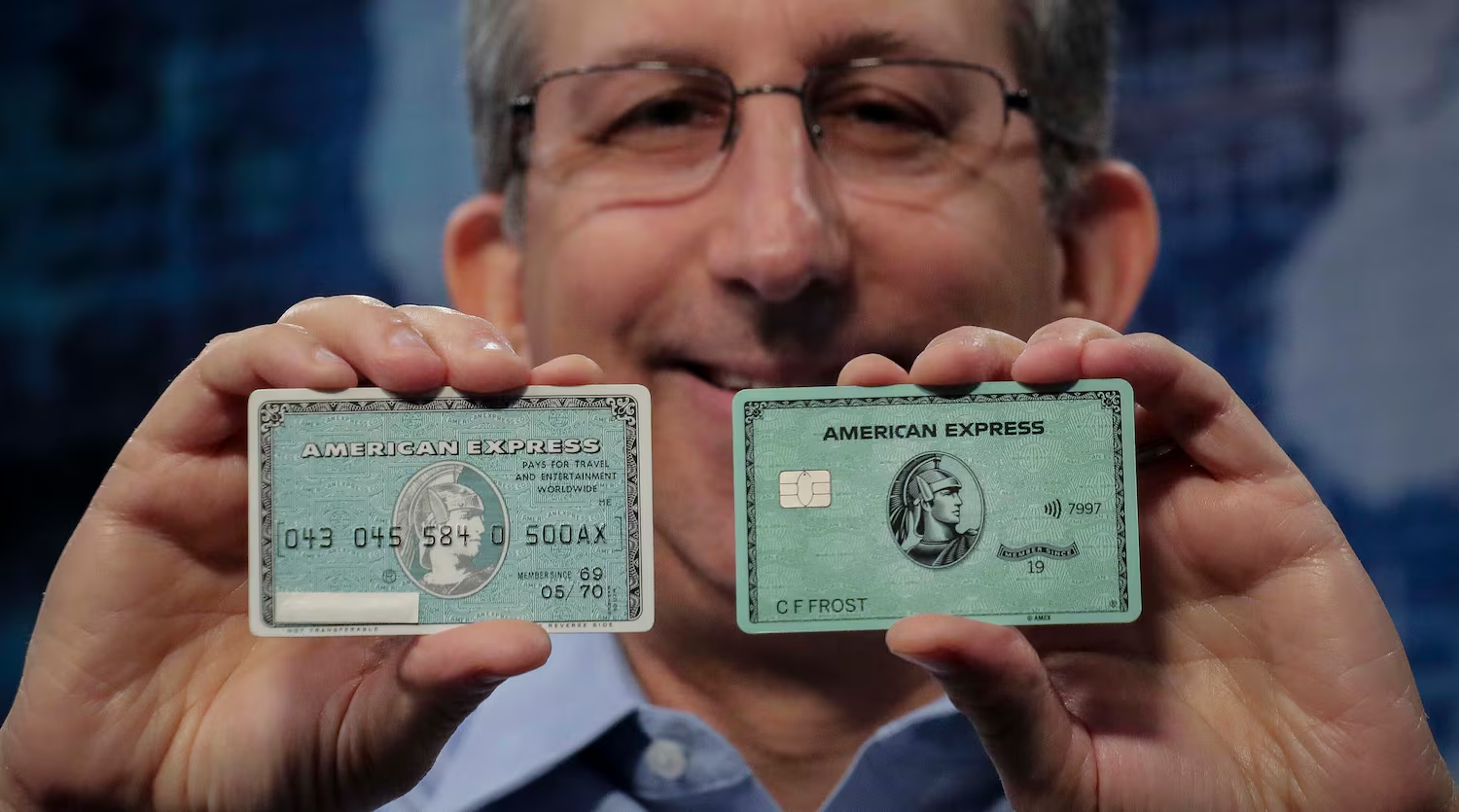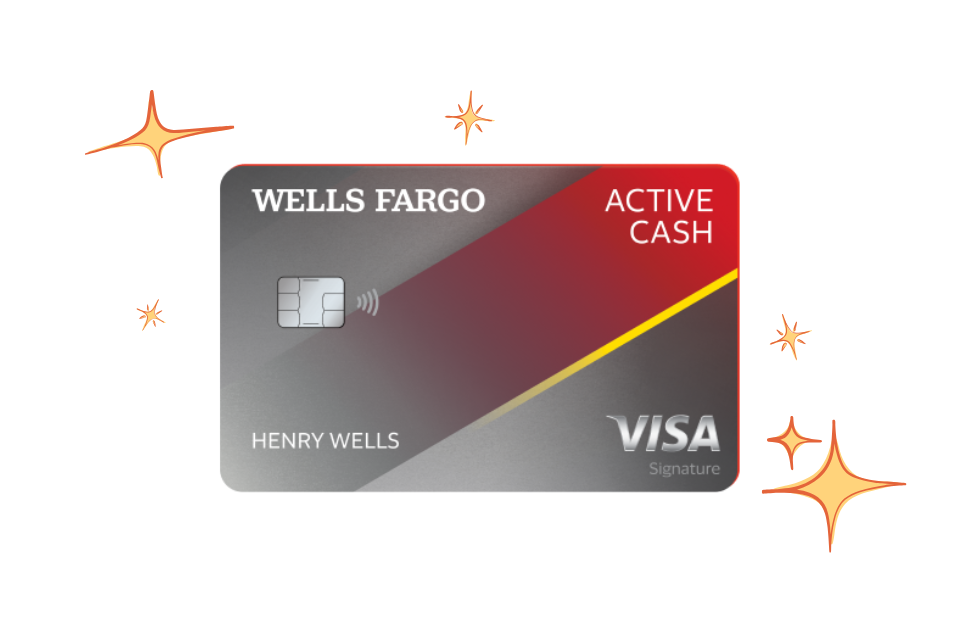Managing your money well requires consistency and discipline. You need to save regularly, pay bills on time, and ideally, contribute to your investments. But let’s be honest, in the middle of a busy life, remembering to manually transfer money, log in to pay every single bill, or make that investment contribution can be a chore. It requires mental energy and can easily slip your mind, leading to missed opportunities or, worse, missed payments. What if you could put these crucial financial tasks on autopilot?
Automating your finances is like building a well-oiled machine for your money. By setting up automatic transfers and payments, you remove the need for willpower and memory, ensuring that your financial goals are prioritized and your obligations are met consistently in the United States. It’s a powerful strategy for building wealth and reducing financial stress. Let’s explore how to put your saving, investing, and bill pay on autopilot.
Why Automation is Your Financial Best Friend
Automation isn’t just about being lazy; it’s about being smart and overcoming human tendencies to procrastinate or forget.
- Consistency is Key: Automation ensures you save and invest regularly, which is crucial for hitting your financial goals and harnessing the power of compounding. It builds consistent positive habits without relying on daily decisions.
- Reduces Errors: Automated bill payments mean you’re much less likely to miss a due date, avoiding late fees and protecting your credit score.
- Prioritizes Goals: By setting up automatic transfers to savings or investment accounts first after payday, you ensure your financial goals are funded before you have a chance to spend the money elsewhere. This is often called “paying yourself first.”
- Saves Time and Mental Energy: No more logging into multiple sites to pay bills or remembering to make transfers. Once set up, it just happens, freeing up your time and reducing financial stress.
- Helps Overcome Inertia: Sometimes the hardest part is just starting to save or invest. Automation removes this barrier – you make the decision once, and it continues happening.
Automating Your Savings: Building That Cushion Effortlessly
Building an emergency fund, saving for a down payment, or funding any other savings goal becomes infinitely easier when it’s automated.
- Set Up Automatic Transfers: Link your checking account to your savings account. Schedule an automatic transfer for a specific amount to occur each payday or once a month after your income arrives.
- Use Separate Accounts: Have dedicated savings accounts for different goals (e.g., “Emergency Fund,” “Down Payment Fund”). Automate transfers to each specific account. This keeps your money organized and reduces the temptation to dip into your emergency fund for other goals.
- Increase Gradually: As your income increases or expenses decrease, remember to go into your settings and increase your automated savings transfer amount gradually. You likely won’t miss the extra few dollars if the increase is small.
Automating Your Investing: Fueling Your Future
Investing consistently over time is key to long-term wealth building, especially for retirement. Automation makes this seamless.
- Automate Retirement Contributions: If you have a 401(k) through work, your contributions are already automated from your paycheck – just make sure your contribution percentage is set appropriately (ideally enough to get the full employer match, and aiming for 10-15% or more of your income).
- Automate IRA/Brokerage Contributions: If you have an IRA or a taxable brokerage account, set up automatic transfers from your checking account to your investment account on a regular schedule (e.g., monthly, bi-weekly). Many brokerage platforms also allow you to set up automatic investments into specific funds once the money arrives.
- Take Advantage of Dollar-Cost Averaging: Automating investments regularly (e.g., monthly) means you buy shares regardless of market highs or lows. This strategy, called dollar-cost averaging, can help reduce risk compared to trying to time the market.
Automating Bill Pay: Never Miss a Due Date Again
Protecting your credit score by paying bills on time is fundamental, and automation is your best friend here.
- Set Up Auto-Pay with Creditors: Most creditors (credit cards, loan providers, utility companies, etc.) allow you to set up automatic payments directly from your bank account or debit card on the due date. This is often the most reliable method.
- Use Your Bank’s Bill Pay: Your bank’s online banking platform likely has a bill pay service where you can set up automatic payments to various companies or individuals.
- Pay at Least the Minimum: At a minimum, set up auto-pay for the minimum payment amount on credit cards and loans to avoid late fees and protect your credit score.
- Pay the Full Balance (If Budgeted): If you budget to pay your credit card statement balance in full each month, set the auto-pay for the “statement balance” amount if your card issuer offers that option.
Getting Started with Automation
Putting your finances on autopilot isn’t hard, but it requires initial setup:
- Link Accounts: Identify which accounts need to be linked (checking, savings, investment, credit cards, loan servicers).
- Choose Transfer Dates: Schedule transfers and payments to align with your paydays to ensure funds are available.
- Start Small and Adjust: If automating a large savings amount feels daunting, start with a smaller, comfortable amount and increase it gradually over time.
- Monitor (Don’t Completely Forget): While it’s autopilot, you still need to check in occasionally. Review your statements and accounts monthly to ensure payments and transfers are happening correctly and to spot any errors or fraudulent activity. Automation reduces manual effort but doesn’t replace oversight.
Automating your US finances – saving, investing, and paying bills – is one of the most effective strategies for building financial health and reducing stress. It takes the guesswork and willpower out of crucial financial tasks, ensuring consistency and prioritizing your goals. By setting up automatic transfers and payments, you build a powerful system where your money works for you effortlessly, paving the way for long-term security and prosperity. Set it up, check in occasionally, and watch your financial plan execute itself!









